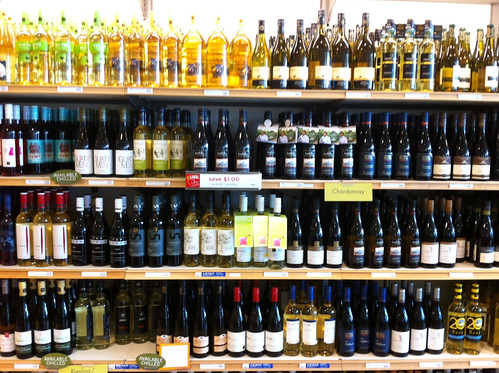
It saddens me to walk into my local LCBO store here in St. Catharines and see the ever-growing rows of so-called “lifestyle” wines crowding the shelves and pushing core brands further and further to the sidelines.
These wines, with pretty labels and clever marketing behind them, are made with everything-but-the-kitchen-sink grapes tossed together to make myriad red and white Niagara blends. Some of the brands don’t even clearly say on the label which winery makes them.
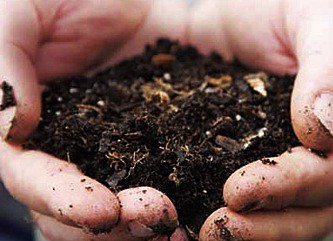
I suppose they shouldn’t be ignored as consumers must be flocking to them (why else are there so many of them?) and it is consumers, of course, who will ultimately decide if this is where Niagara vintners should channel so much of their energy. Obviously, there is a market out there for these wines because they just keep on coming. And it’s hard to blame wineries for trying with these wines. They are obviously the new darling of the LCBO with fast-tracked shelf space and promotion but is it at the expense of other wines?
Very few wineries have chosen to ignore the fad and some have even built their portfolios deeper into the category with more labels containing these multi-variety blends with only slight changes to the taste profile or percentage of different grapes used.
But, hey, far be it for me to preach to wineries what they should do with their grapes or how to market them. They are all business people who, in the end, have to make the wines they think consumers want to buy.
I want to believe that wineries can offer good value without diluting the core products that carry their name and VQA on each and every bottle.
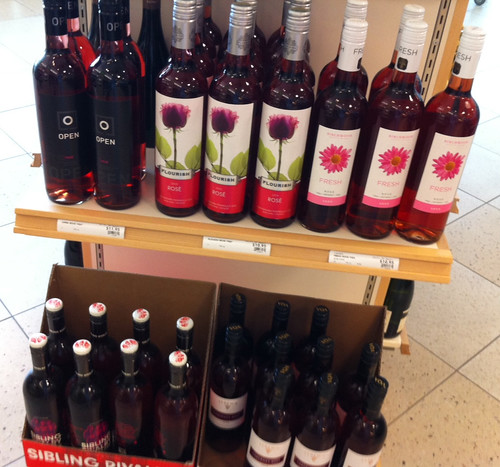
Most of these blends from Niagara grapes I have tasted taste are eerily similar. “Fruity. Fun. For everyday drinking. For today’s unpretentious lifestyle. Affordable.” I think that’s the marketing behind each brand. Just so-so average wines that don’t set out to be anything but ordinary. And a lot of them aren’t priced to be just “ordinary,” either, with some fetching up to $19 a bottle. I can reach for a lot of “extraordinary” wines at that price from varietal wines and wines from other countries that will dazzle, and not make me think: What is this?
Some work better than others and some have attached their wines to a charity (which I applaud).
But mostly they taste the same. That’s what happens when you toss Pinot Gris, Chardonnay, Chardonnay-Musque, Riesling, Gewurztraminer, Viognier, Semillon, Pinot Blanc and Sauvignon Blanc into a bottle and mix it all up. Or Pinot Noir, Syrah, Cabernet Sauvignon, Gamay, Merlot and whatever else is red. It’s the same and samer, only the label changes.
It’s nowhereness compared to somewhereness. Shouldn’t Niagara wines taste like somewhere?
You could argue, I guess, that we’re not seeing much of Niagara’s unique appellations in most wines in the sub-$15 category because a lot of the grapes in this category are multi-appellation sourced.
I would argue back that some, those who have yet to give into the lifestyle phenomenon, are doing it and doing it well.
I wonder, just for argument’s sake, if producing all these “sameness” wines will hurt Niagara vintners in the long run. Does it create a “Jack of all trades, master of none” perception with consumers?
Niagara does so many things well. Riesling, Chardonnay, Pinot Gris, Sauvignon Blanc, sparkling wines, icewines, Pinot Noir, Gamay, Cab Franc, to name a few.
And it also produces some pretty good traditional blends: Bordeaux blends in hot vintages, white Meritage (usually Semillon and Sauvignon Blanc) and Chardonnay and Chardonnay Musque.
But some varieties were just not meant to be with each other. They just don’t play nice together: Pinot Noir (with anything other than Chardonnay and Pinot Meunier for sparkling wines), Riesling (why would anyone do anything to this grape that is so wonderful on its own and especially in Niagara?), Syrah (OK, a dab of Viognier is fine), and Chardonnay (though a touch of Musque does give the unoaked versions an aromatic lift).
Now, having said all that, there are some in Niagara who have gone the “lifestyle” route in a slightly different manner. By tying the blends back to the winery and creating a “house blend” with quality estate fruit in a style that is consistent year to year, I really don’t have too much of a beef with.
And some of them have been favourites of many wine lovers. These come to mind:
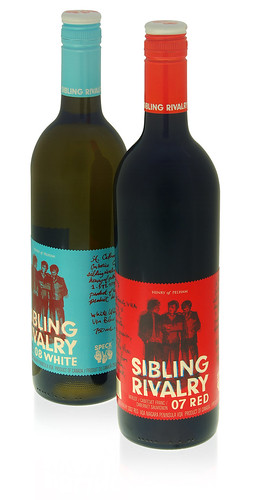
Fielding Estate Red Conception (a blend of Merlot, Cabernet Sauvignon and Syrah) and White Conception (barrel aged Chardonnay along with Sauvignon Blanc, Viognier and Gewurztraminer). It’s bottled clearly as a Fielding product and the production depends on the quality of the fruit in any given vintage. Winemaker Richie Roberts will not make a top wine in a weak vintage, to his credit, and will declassify grapes to the lower tiers. A second or third tier is just smart thinking.
Flat Rock Cellars Twisted, (Riesling, Gewurztraminer and Chardonnay) and Seriously Twisted (Chardonnay, Riesling, Gewurztraminer and Pinot Noir). You might call this Flat Rock’s “proprietary white blends.” Again, not a standalone lifestyle blend, but a big part of the Flat Rock lineup and a result of the art of the blend employed by the team at Flat Rock.
Coyote’s Run Five Mile (Riesling, Pinot Blanc and Gewurztraminer). No doubt about it, this is clearly a Coyote’s Run product, using three of Jeff Aubrey’s favourite white grapes.
Henry of Pelham Sibling Rivalry Red (Merlot, Cabernet Franc and Cabernet Sauvignon) and Sibling Rivalry White (Riesling, Chardonnay and Gewurztraminer). In many ways, the Speck brothers started the current craze in the popular blended category with this clever standalone label. But they did it with a story behind it and tied it directly to the three brothers who run the family winery. It has become the standard that others aspire to (oh, and the one white my wife brings home every time she goes to the LCBO). The brothers have started another label called Family Tree, a somewhat higher-end version of Sibling Rivalry and priced just out of the category, in my opinion.
Chateau des Charmes Generation Seven White (Sauvignon Blanc, Riesling and Gewürztraminer) and Red (Cabernet Franc, Cabernet Sauv, Pinot Noir, Merlot, and Gamay Noir). Michele and Paul Bosc put a lot of thought behind this popular brand and they did it right with social media buzz, a portion of the proceeds returned to charity and just hard work promoting the heck of the wines. All the grapes are estate grown and the brand is tied back to the family and the estate. Judging by the twitterverse, the Bosc’s have created a dedicated following to the brand.
I view these blends as I do some of the big U.S. blends such as Caymus’s Conundrum, Sokol Blosser’s Evolution (non-vintage, to boot) and Folie a Deux’s Menage a Trois, all non-traditional blends that are tied back to the winery’s core brands.
I’m OK with blends that have that crucial link-back to the winery. It brings new, young wine drinkers into the fold and shows them that Ontario can make some decent wine even in the sub-$15 category.
And hopefully they will start to explore wines that are a truer expression of the region by working their way up the ladder to the wonderful varietal wines (and traditional blends) that Niagara (and Ontario) have to offer. That, I hope, is the ultimate goal.


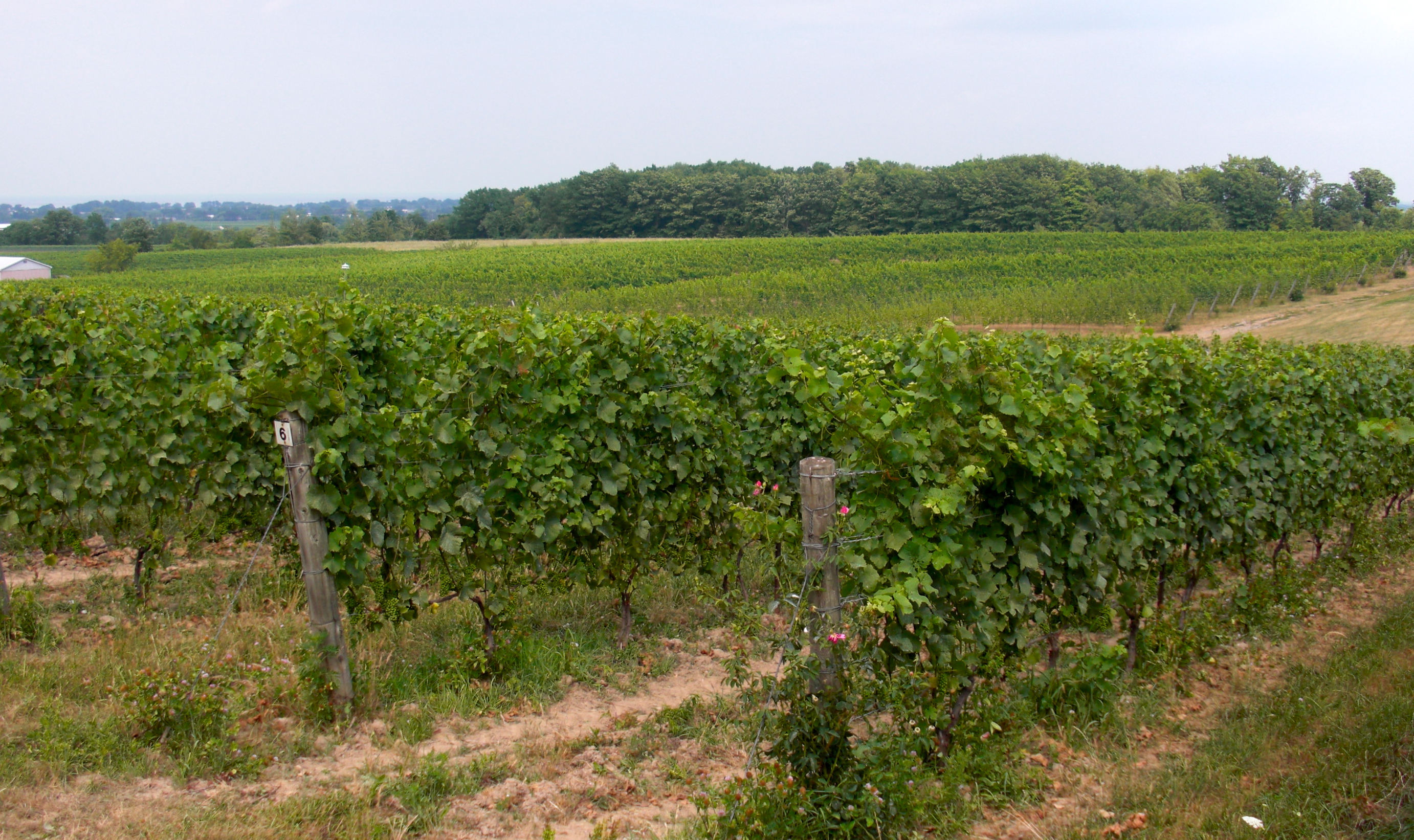




I would offer that Southbrook’s “Connect” Red and White also “connects” directly to their main message. “With the accent on the e” – both of these labels deliver biodynamic and/or organic certified wine in the sub-$15 category. That’s not easily done and comes only from a serious commitment to the environment.
Full disclosure: I have a former connection to Southbrook Vineyards and was involved in the development of the “Connect” family of wines.
I believe the blends are a market reaction to the lack of affordable local everyday drinking wine. Not everyone is in the position to open a $20 plus bottle of Riesling on a Monday night to go with leftovers or a quick and simple meal. Blends can take the seriousness out of the decision making process about what to enjoy while hanging out with your friends in the back yard. You are correct, there are some very good blends that work very well, and others are just band wagon blends with sexy labels to fill the market place shelf…. you could say the same thing for some of the VQA varietals… lots of wine makers admit to growing a specific varietal just because it’s the hot new thing, not because they think they can do it well.
The Niagara wine industry was able to build itself quite rapidly from it’s infancy to a world renowned wine region in just a couple decades. It took a consumer group that was used to rye and cokes, Ice beer, and white Zinfandel, and gave them value, quality, and education that lead to appreciation and for many of us, passion. This was all done and was successful by not being pretentious. How much French Cross did we all drink 20years ago? We certainly don’t slam Andrew Peller today for it. Those blends helped build the industry we know and love today, and with small little wineries popping up every year expanding the industry, they all need part of that $8-13 dollar a bottle market for fun everyday drinking wine. Many of the people buying these trendy new blends normally drink coolers, mixed drinks and beer, and with any success will be tomorrows Riesling, cool climate Chardonnay, or Cabernet Franc aficionado’s.
Totally agree with that, Elena.
I applaud the efforts directed to attracting a younger wine demographic into the VQA wine section. It is a great initiative for Ontario wines and that is what the lifestyle brands in the section have successfully accomplished. I have seen research that shows the new initatives are bringing in the younger demographic and most of these come from the Australian category. These consumers who would otherwise have turned to the vastly dominate import section are now on the road to discovery of their own backyard. Compared to “domestic” sales within other wine producing regions, import wines still command over 75% of the total wine share in Ontario. In my opinion, if these labels and blends bring them into the Ontario wine category, fantastic, their wine journey will continue and trial of some core wineries might be an outcome. I do not believe their is a need to fuss about tying the wines into the core brand, perhaps it is a better bet to let these brands rest on their own and keep the core brand or winery entirely separate. The experience of a lifestyle brand taste and profile may be vastly different from the core winery and could have a negative impact or simply just not fit with the brand positioning. The linkage that is being made is based on the expectation that these consumers will trade up within the winery portfolio. Not sure if this has been proven yet in research, would be an interesting study over next few years. For now, great to see the results in sales and the share steal from imports to our own backyard. Kudos for recognizing and fullfilling a need.
I think it’s important to note that it is really the LCBO that drives the taste profiles of the Ontario wines on their shelves. LCBO Buyers come to wineries periodically with ‘taste profiles’ and categories that they are looking to fill, and the only way to have product listed is to submit wines that fit the profile. Unfortunately, right now it seems that all they want are off dry whites and fruity reds in the $13-$15 price range. Many wineries don’t want to damage their core brand image by putting a sweeter blended wine in their main label, so they create secondary ‘lifestyle’ brands so that they can make the sale (and it is essential for a lot of wineries to have ANY wine listed in the LCBO as there are so few other distribution channels within Ontario). It really is a shame in my opinion, because this taste profile isn’t helping the Ontario wine industry’s reputation in the long run. Although I do see the point many of you have made about these being ‘entryway’ wines for new consumers to explore more serious VQA wines, we have to remember that these new consumers are generally uneducated about the Ontario Wine Industry, and that many do not know the politics and barriers that wineries have to face with the LCBO. Many new consumers just assume that since it is a Government owned entity, the LCBO supports the Ont. wine industry fully, and would assume that they would have the best of what the Ontario wineries have to offer on their shelves. Many consumers have the conception that the LCBO chooses the ‘best’ wines to go into their stores, when really many of these wineries produce much better wine, but it just doesn’t fit the category (taste profile or price point) that the LCBO is trying to fill. That’s not to say that an off dry white can’t be good, many of the lifestyle brands are great! But it just seems a shame to have this great influx of new young consumers hopping aboard the Ontario Wine train, only to have them exposed to one or two very similar taste profiles when these wineries have so much more to offer! Diversity is a good thing, isn’t it?
Great comments! And I (sort of) agree with most of it. But it’s a double edged sword. I don’t think we want consumers to think that the vast majority of what Niagara does is non-distinct red and white blends, because that’s not what Niagara does best.